#leochares
Text




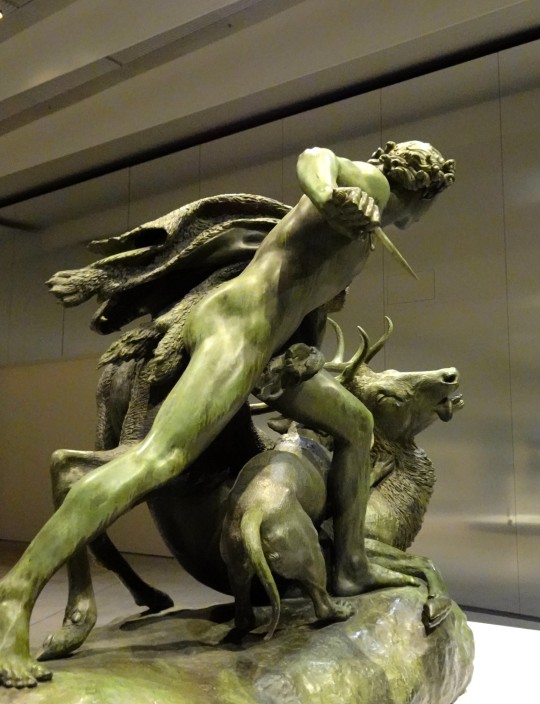
Il y a une petite quinzaine, je suis allé avec Julien et Katie, au Louvre-Lens. Ici l'expo permanente, la Galerie du Temps :
Jean-Baptiste De Bay dit Debay Fils - "L'Hallali du Cerf"
masque féminin "d'mba" - ethnie baga, Guinée, 1850-1930
François de Hecq - montre de carrosse (ancêtre des montres de poche) aux armes de Richelieu - France, 1640
Diane, France, 1750 ; d'après un modèle de Léocharès, Athènes, 350 av. J-C
voir 1
#expo#louvre-lens#classicisme#grèce antique#leochares#léocharès#athènes#diane#artémis#cerf#hallali#jean-baptiste de bay#debay#debay fils#d'mba#baga#guinée#masque#françois de hecq#richelieu#montre#galerie du temps#montre de carrosse
4 notes
·
View notes
Photo

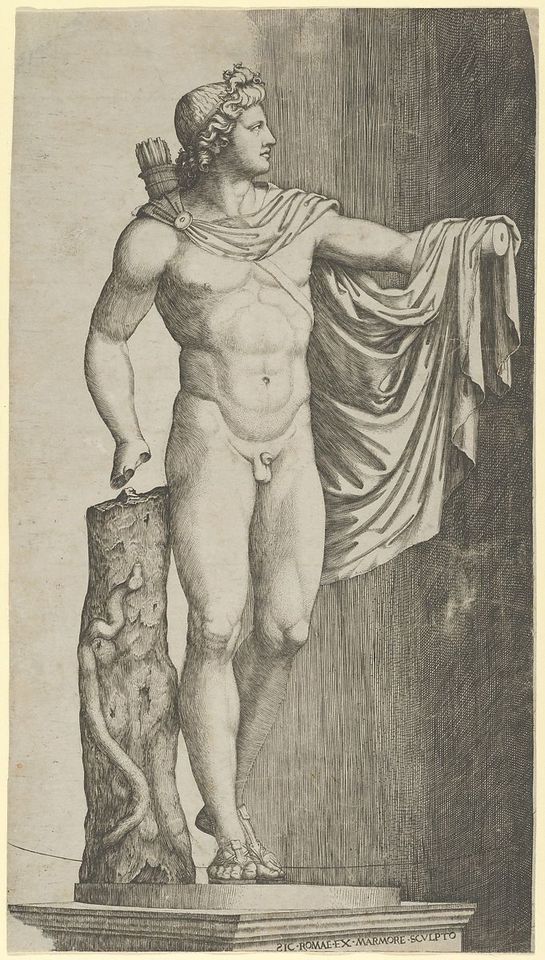

Apollo
1 artist unknown, Roman copy (c120CE) of a Greek bronze after Leochares (c350BCE) marble 224cm
2 Marcantonio Raimondi (1470/82-1534) Italian The Apollo Belvedere from the Vatican his left hand resting on the tree trunk around which coils a python (c1510–27) engraving
3 Albrecht Durer (1471-1528) German Adam and Eve (1507) oil on panel, each 209x81cm
A metmuseum.org The Apollo Belvedere was discovered near Rome in the late fifteenth century. Possibly a second-century marble copy of a bronze original by the Greek sculptor Leochares, the statue was immediately appreciated as a masterpiece and showered with praise. Probably once in the private collection of Cardinal Giuliano della Rovere (later Pope Julius II, r. 1503–13), it was moved to the Vatican in 1509 and placed, in 1511, in the Cortile del Belvedere, from which it derives its name. Raimondi's print became an important vehicle through which knowledge of the statue was transmitted far beyond the Vatican. He is famous for his many engravings after the designs of Raphael, including images such as the Judgment of Paris (19.74.1), scenes that, like the Apollo, illustrate Renaissance interest in classical antiquity and mythology. Here, Raimondi's mastery for replicating the effects of light on marble produces a convincing impression of the statue's form. Many artists incorporated the Apollo's much-lauded pose into their own work. Albrecht Dürer reverses the position of the figure's limbs and Apollo becomes Adam, reaching for the fruited branch offered by Eve in the 1504 engraving . A similar figure of Apollo, whose outstretched arm grasps—too late—a fleeing nymph, appears in the 1625 marble group Apollo and Daphne by the Roman Baroque sculptor Gian Lorenzo Bernini (1598–1680).
B Johann Winckelmann (1717-68) Germany Of all the works of antiquity that have escaped destruction, the statue of Apollo represents the highest ideal of art. (1755)
#apollo#adam#eve#classical#contraposto#belvedere#Marcantonio Raimondi#raimondi#leochares#winckelmann#bernini
8 notes
·
View notes
Photo

Diana of Versailles by Leochares [#leochares] ✓ (at Crocker Art Museum) https://www.instagram.com/p/CiMv44Yup-Z/?igshid=NGJjMDIxMWI=
0 notes
Text
Artemis + her relationships with other Theoi 🌙🏹🦌
One of the amazing things about Lady Artemis is how versatile her domain is. Here are just some of the prominent theoi she is connected to.
Artemis + Ares 💥
- These two were celebrated together during Kharisteria/Charisteria ('thanksgiving'), which took place on the sixth day of Boedromion.
- Goats were sacrificed jointly to Artemis and Ares for their roles in battle and war.
- Even though Artemis is not technically a 'goddess of war', her role as the (sometimes brutal) hunter gave her an association with battle and death. They were also both patron deities of the Amazons.

Diana of Versailles (original attributed to Leochares)
Artemis + Apollon 🎼
- Perhaps her most famous connection is to that of her twin brother. They are opposites but are also, in a certain sense, two sides of the same coin.
- Apollon is the warmth of the sun, Artemis is the light of the moon. (They also shared the epithet 'light-bringer') They compliment each other while contrasting.
- They are day and night, city and country. They complete a cycle, making them almost inextricably interconnected in myth. Yet they also share domain over hunting, healing, death, and even music.
- The muses, who were led by Apollon, were often seen accompanying Artemis and her nymphs as she danced through the forest. Dance and music were also vitally important in her rituals.
Artemis Hymnia=Of the Hymns
Artemis Hegemone=Leader of Dance/Choir
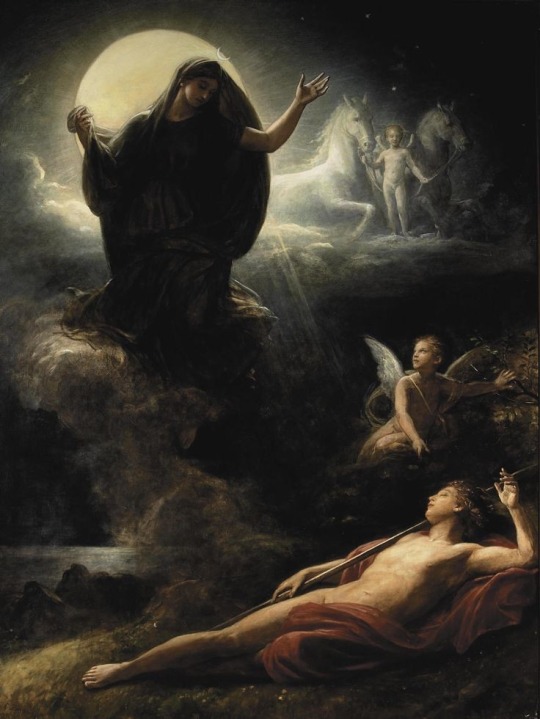
Diana awakening Apollo (Carl Bertling)
Artemis + Dionysus 🐆
- Artemis and Dionysus are both deities of the thin line between us and animals/'beasts.' They symbolize our own wild nature and what it means to succumb to it.
- They historically shared in rituals of 'frenzy', release, and estastic dance. Both are deities of revolutionary liberation and freedom.
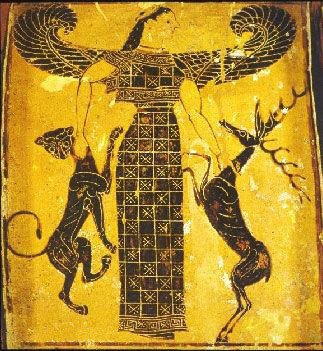
Artemis as 'Potnia Theron' on the François Vase
Artemis + Hekate 🔥
- These two goddesses are so heavily connected that many conflate/synchronize them. They are both deities associated with the night, the moon, and for their roles in protecting the young/children.
- The Roman goddess Diana Trivia is sometimes thought to be a syncretism of Luna/Selene, Artemis/Diana, and Hekate/Trivia.
- They were both known to hold torches and snakes, and some say that it was Artemis instead of Hekate who used her light to guide Demeter to Persephone during her search. Although most still contribute this part of the story to Hekate, it shows how conflated the two goddesses are.
- In some versions of their stories, Iphigenia was 'turned into' Hekate by Artemis. In others, Artemis 'became' Hekate as a companion of Persephone after her descent into the Underworld. Variations of Hekate's name were also epithets of Artemis.
Artemis Hekatê/Hekate = Far-Shooting, Shooter from Afar, or Worker from Afar
Artemis Hekatêbolos/Hecatebolus = Far-Shooting, Far-Darting, or Hundred-Shots
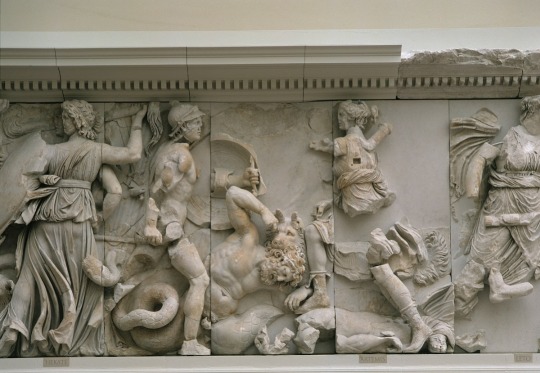
Artemis, Hekate, and Leto from the Pergamon Altar
Artemis + Persephone 🥀
- It is said that these two were raised together, perhaps with Athena, prior to her descent into the Underworld. They also share domain over nature and vegetation.
- In the Homeric Hymn II to Demeter, (and many other sources) it is said that Artemis and Persephone were picking flowers (sometimes with Athena) when she was taken.
- When Persephone returns from the Underworld, we can only assume that the two sisters and childhood friends are reunited just as she is reunited with Demeter.
- Hekate is also considered to be Persephone's companion in the Underworld. So if one syncretises the two, Artemis-Hekate would be her companion year round!

Diana's Bath (Louis Devedeux)
Artemis + Demeter 🌾
- As well as being deities of vegetation, Artemis is connected to both Persephone and Demeter in their roles in the Eleusinian Mysteries (Hekate also had a prominent role in this tradition).
- The mysterious goddess Despoine, also central to the Eleusinian Mysteries, is thought to be Persephone, Hekate, Artemis, or some syncretism of them.
- The sanctuary of Despoine, which was vital to the tradition of the Eleusinian Mysteries, was in Arcadia. At this sanctuary, Pausanias stated that multiple representations of Artemis could be found; including a 'six foot tall bronze statue' which stood guardian in front of the entrance to the mystery cult.
- A theory states that Demeter is actually the mother of Artemis, while Leto is her 'sister' or 'nurse.' Pausanias claims that "Artemis was the daughter, not of Leto but of Demeter, which is the Egyptian account."

Artemis with a Dog (Munich)
Artemis + Selene 🌕
- It is traditionly stated that Selene is the personification of the moon itself while Artemis is a goddess of the moon.
- At some point, the two were congealed/synchronized as Artemis became more and more heavily associated with the moon. The Roman goddess Diana almost certainly involved syncretism between the two.
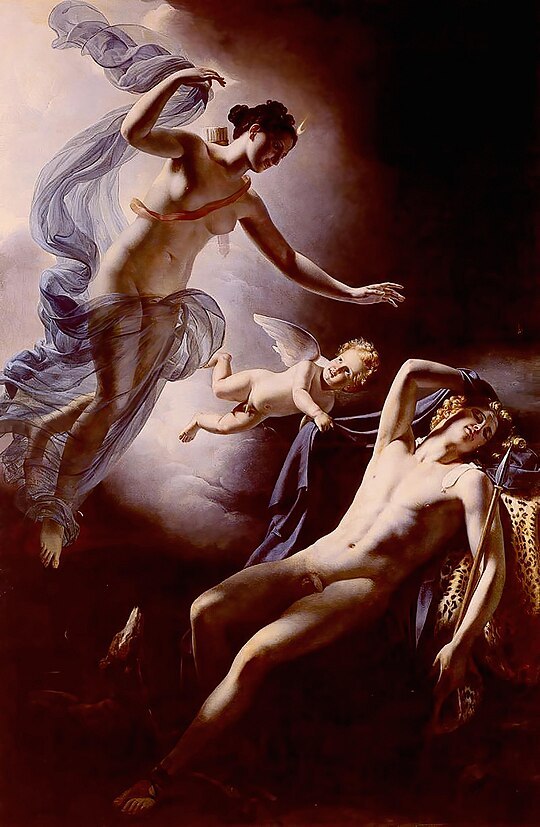
Diana and Endymion (Jérôme-Martin Langlois)
Artemis + Pan 🌿
- Artemis and Pan are both deities of the wild, pastures, woodland, animals, and the country. Rural deities with connections to dance and music, these two have a similar untamed persona.
- Pan gave Artemis a pack of seven hunting dogs as a gift, showing their companionship. Pan also famously had a love affair with Selene, so syncretism between Artemis and Selene also connects her to Pan.
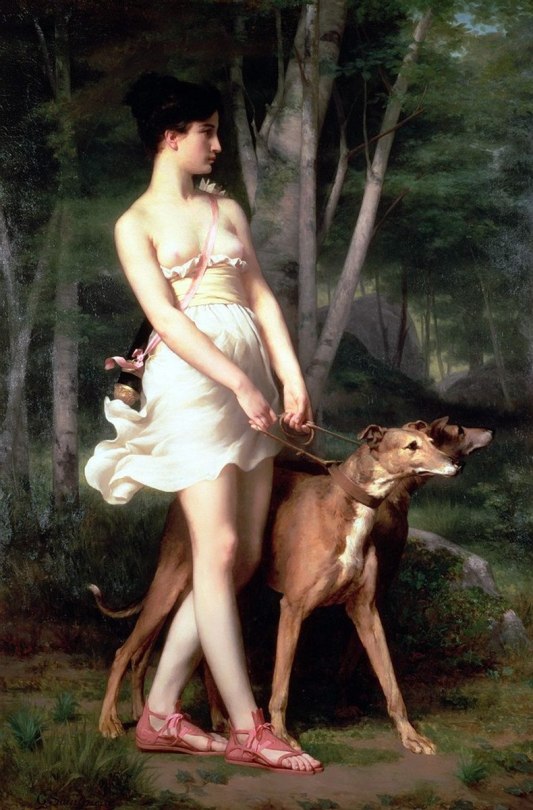
Diana the Huntress (Gaston Casimir Saint-Pierre)
Artemis + Zeus ⛈️
- Artemis has always been a favored daughter of her father. Perhaps their most famous interaction occurs from Callimachus when Artemis, still a child, presents Zeus with a list of requests - including her 'eternal virginity'.
- Zeus is happy to oblige and gives her all that she desired and more. This unconditional love and acceptance illustrates Zeus' affection for his feral daugher of the forest.
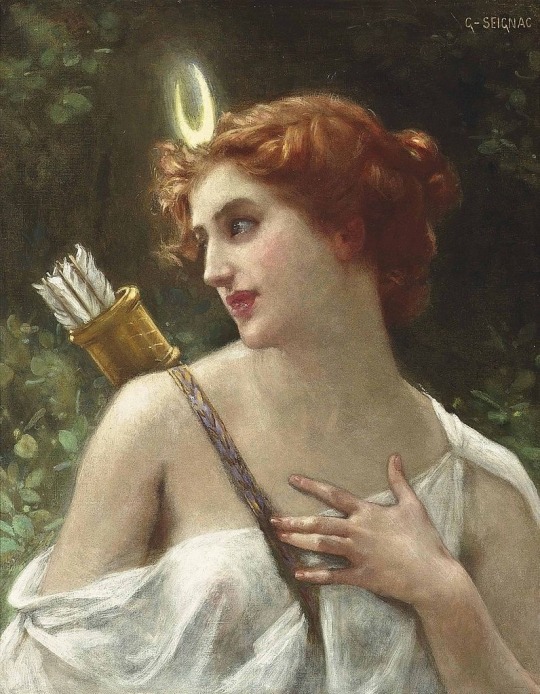
Diana the Huntress by Guilluame Seignac
Artemis + Athena 🦉
- Artemis and Athena share many similar qualities, including their 'chasity' and their choice to remain 'virgins' (in the historical sense of the word).
- As mentioned above, Persephone, Athena, and Artemis are said to have grown up together and were seen picking flowers together.
- As with Artemis' connection to Ares, Athena's domain of war, battle, and death are also connected to Artemis. Their sterness, intensity, and ability to commit violence when deemed necessary connect the two deities.

Diana as Huntress by Bernardino Cametti
Artemis + Hera 👑
- While these two were often in conflict with each other in myth, they still share connections. In historical celebration and ritual, women/girls progressing to adulthood and/or entering into marriage were ceremoniously passed from Artemis' protection to Hera's. They shared space in the context of transitions.
- In addition, Artemis has been heavily conflated with Eileithyia, a goddess of childbirth and daugher of Hera. 'Eileithyia' has even served as an epithet of Artemis.
(From The Theoi Project - theoi.com)
(From She Who Hunts: Artemis: The Goddess Who Changed the World by Carla Ionescu)
#artemis#diana#goddess artemis#artemis goddess#artemis deity#artemis devotion#artemis devotee#hecate#hekate#apollo#apollon#hera#zeus#athena#pan#pan deity#selene#selene deity#demeter#persephone#ares#hellenic pantheon#hellenic polytheism#hellenic gods#hellenic community#hellenic pagan#hellenic paganism#hellenic polytheist#hellenic worship#diana deity
310 notes
·
View notes
Photo

A replica of a statue of Alexander the Great. The original, which is considered to be the work of Leochares, dates back to Alexander's sole visit to Athens around 338 BCE. The Macedonian king went on to conquer the Achaemenid Empire and rule his vast domain from Babylon until his death there in 323 BCE. The Acropolis Museum, Athens, GREECE.
Photo by Babylon Chronicle
164 notes
·
View notes
Text
Honestly I'm rather fascinated by the different representations (visual and text) of Ganymede's abduction.
The oldest textual sources (which are, so far, also the oldest ones in general) give us something like actual or implied direct action by "the gods" in general (a whirlwind might be involved here? unsure) or Zeus in particular.
Our oldest visual sources all have Zeus himself be chasing or having caught Ganymede.
Later (we're talking late Roman Republic) textual and visual sources have switched over to the eagle motif - BUT
The earliest surviving textual sources regarding the eagle motif for the abduction do not overlap, at all, with the visual sources. Because the earliest appearance of (surviving) visual art pieces of Ganymede being abducted by an eagle comes from ~350-300 B.C.E.
First of all/most important (the first?) we have a statue group by Leochares, presumably this being the original for the Roman copy in the Vatican; at around that time you have the Ganymede earrings. Possibly the earrings are based on the statue?
So, like.
Is there some textual version somewhere, that simply has not survived, from around this time that has Ganymede being taken by an eagle to Olympos? Is this Leochares' completely original invention, the motif starting in visual media and then, much later, making a jump to textual sources?
Either way it ends up completely dominating the "landscape" compared to how our earlier sources, visual and text, portray it.
13 notes
·
View notes
Text

The Diana of Versailles, marble statue, Roman copy of a Greek bronze original by Leochares, circa 1st or 2nd century CE; Louvre Museum
29 notes
·
View notes
Text
Apollo del Belvedere: stabilità a rischio. Iniziato il restauro
Il celeberrimo Apollo del Belvedere è stato rimosso dall’omonimo cortile dei Musei Vaticani che lo ospita fin da quando lì lo fece collocare papa Giulio II e, per un po’ di tempo, non sarà più visibile al pubblico.
È iniziato il restauro dell’opera databile attorno alla metà del II secolo d.C., replica del bronzo che fu fuso fra il 330 e il 320 a. C. da Leochares, uno degli artisti ateniesi che…

View On WordPress
#artblogger#arte#artinfluencer#atonietta bandelloni#bellezza#capolavoro#english#inartwetrust#life#madeinitaly#masterpiece#Michelangelo Buonarroti#restauro#restoration#Roma#sculpture
2 notes
·
View notes
Text

Diane de Versailles
We are in front of a marble statue, Roman copy (I-II sec) of a greek bronze statue by Leochares (325 bc ca). The original is lost unfortunately. we don't know where it was first found, some say in Nemi or near Tivoli, in Villa Adriana (rome, italy). Similar statues were found also in Libia and Turkiye.
in 1556 Pope Paolo IV gifted the statue to king Henry II of France. And it was first displayed in the gardens of Fontainebleu castel. in 1602 the statue was transported to the Louvre buildings. After, King Luis XVI displayed the statue in the garden of versailles, only after the revolution the statue returned in the rooms of the Louvre, where currentrly can be found.
the statue depics Diana, roman name of the greek goddess Artemis, wearing the chiton, the classic greek tunic. A belt around the waist, a tiara with an half moon on the head. she is pulling out an arrow from a quiver on her back. To her side a little roe deer.
We can see it's a copy because the statues uses bases and supports, bronze statues where more lighter and could be forged empty inside. Marble being a very heavy material need supports to depict the Dynamic poses Greek bronze Sculptors did.
i studied this statue when i had to do my ancient greek history art exam, and while i was studing all the apollo Statues that i had to this caught my eyes, while i was studing this particular depiction of artemis i started crying, in that moment i understand what a greek would have felt being in front of any gods statues. What felt like giving this gods a body and a companion for eternity, and I'm so glad that almost 1800 years after we can look at them just like they did (minus the color, all statues had color, but unfortunately not always we are able to reproduce the colors)
#diana#arthemis#apollo#statue#dark romanticism#art academia#light academia#classical mythology#greek mythology#greek deity#versailles#france#louvre#dark academia#academia#study#art history
19 notes
·
View notes
Photo
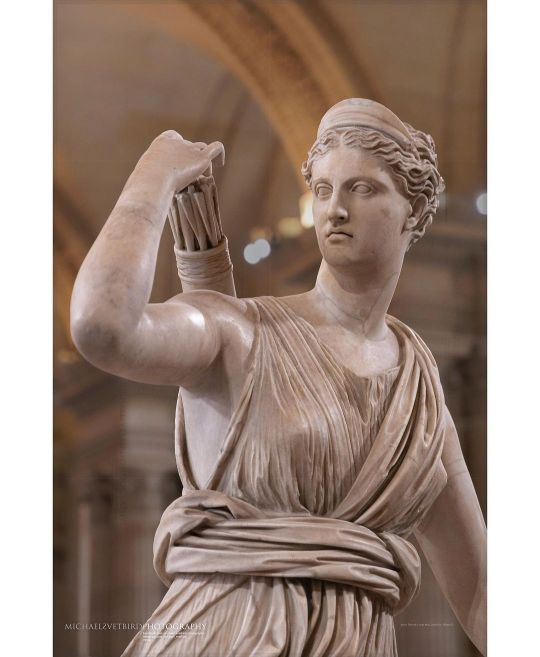
: • ARTEMIS | Ἄρτεμις Goddess of the hunt, known as the 'Diana of Versailles' Marble Roman 2nd c AD. copy after the Leochares' original dated ca 330 BC. [ en.wikipedia.org/wiki/Leochares ] . "This statue, the first significant antiquity to enter the French royal collection, is striking for the dynamic position of the body. The statue moved around with the French royal court: In Fontainebleau from 1556, it came to the Louvre's Hall of Antiquities in 1602, then went to Versailles in 1696 before returning to the Louvre a century later." [ ©Louvre ] . After all my visits to the Louvre, last time in January I finally took an op to consider my photo version of this masterpiece, since everyone takes pictures of it anyway. I hope this outlook of mine will add up some 'personalized' flavor to the image and its numerous other shots circulating in media. . Phs©MSP | 01|22 6200X4100 600 [1-2] The photographed object is the property of the Louvre and subject to the Museum copyright. All labels & descriptions ©Louvre. www.louvre.fr/en [no commercial use | sorry for the watermarks] . Part of the "Reliefs-Friezes-Sculpture" MSP Online Gallery: . • DeviantArt: https://www.deviantart.com/svetbird1234/gallery/72510770/reliefs-friezes-slabs-sculpture . . #paris #louvre #museedelouvre #louvremuseum #artmuseum #sculpture #greeksculpture #romansculpture #ancientsculpture #ancientart #antiquity #antiquities #arthistory #mythology #museology #archaeology #ancient #greekmythology #artemis #άρτεμις #artemide #artémis #artemida #goddess #warrioress #greekgoddess #sculpturephotography #museumphotography #archaeologyphotography #michaelsvetbird louvre @museelouvre 01|22 ©msp @michael_svetbird | sorry for the watermarks (at Musée du Louvre) https://www.instagram.com/p/CdgAvVsohu3/?igshid=NGJjMDIxMWI=
#paris#louvre#museedelouvre#louvremuseum#artmuseum#sculpture#greeksculpture#romansculpture#ancientsculpture#ancientart#antiquity#antiquities#arthistory#mythology#museology#archaeology#ancient#greekmythology#artemis#άρτεμις#artemide#artémis#artemida#goddess#warrioress#greekgoddess#sculpturephotography#museumphotography#archaeologyphotography#michaelsvetbird
2 notes
·
View notes
Text
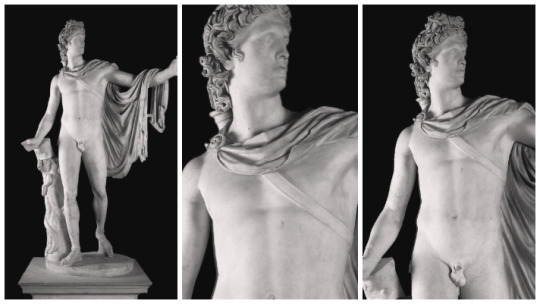
Pillole d'arte da prendere tutti i giorni
L’Apollo del Belvedere è una copia romana di un originale in bronzo del IV secolo a.C. L'originale è attribuito allo scultore greco Leochares.
1 note
·
View note
Text

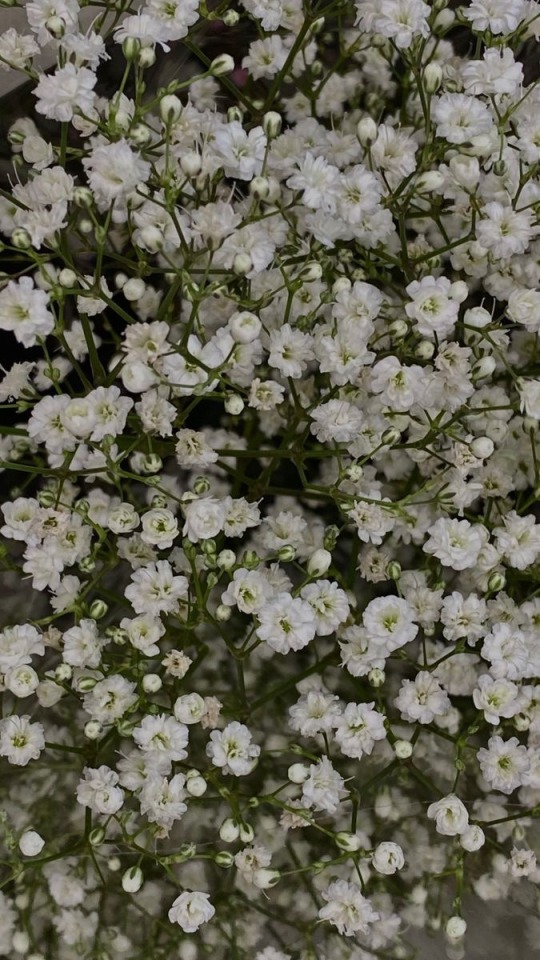
Apollo Belvedere
The Apollo Belvedere is a celebrated marble sculpture from classical antiquity. The work has been dated to mid-way through the 2nd century A.D. and is considered to be a Roman copy of an original bronze statue created between 330 and 320 B.C. by the Greek sculptor Leochares.
0 notes
Photo

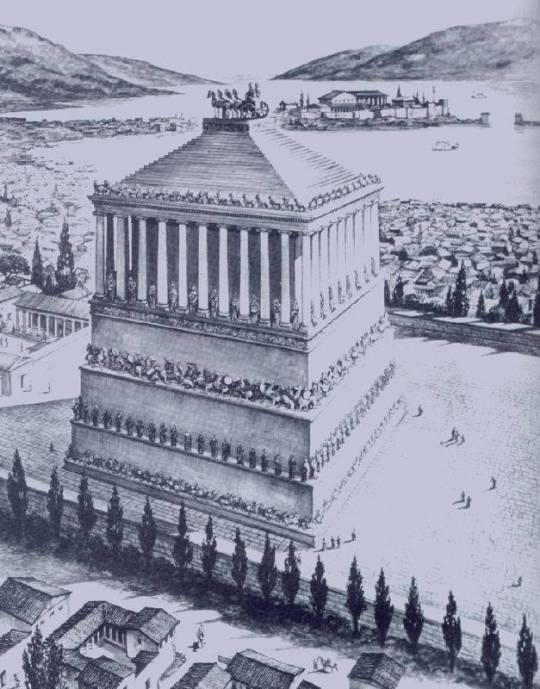





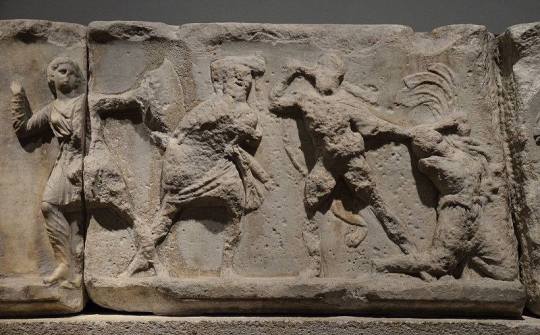
An Arundel Tomb
by Philp Larkin
Side by side, their faces blurred,
The earl and countess lie in stone,
Their proper habits vaguely shown
As jointed armour, stiffened pleat,
And that faint hint of the absurd—
The little dogs under their feet.
Such plainness of the pre-baroque
Hardly involves the eye, until
It meets his left-hand gauntlet, still
Clasped empty in the other; and
One sees, with a sharp tender shock,
His hand withdrawn, holding her hand.
They would not think to lie so long.
Such faithfulness in effigy
Was just a detail friends would see:
A sculptor’s sweet commissioned grace
Thrown off in helping to prolong
The Latin names around the base.
They would not guess how early in
Their supine stationary voyage
The air would change to soundless damage,
Turn the old tenantry away;
How soon succeeding eyes begin
To look, not read. Rigidly they
Persisted, linked, through lengths and breadths
Of time. Snow fell, undated. Light
Each summer thronged the glass. A bright
Litter of birdcalls strewed the same
Bone-riddled ground. And up the paths
The endless altered people came,
Washing at their identity.
Now, helpless in the hollow of
An unarmorial age, a trough
Of smoke in slow suspended skeins
Above their scrap of history,
Only an attitude remains:
Time has transfigured them into
Untruth. The stone fidelity
They hardly meant has come to be
Their final blazon, and to prove
Our almost-instinct almost true:
What will survive of us is love.
Skopas of Paros, Leochares, Bryaxis and Timotheus 353-350 BC Mausolus and Artemisia
Satyros and Pythius of Priene 353-350 BC Mausoleum at Halicarnassus or Tomb of Mausolus
#An Arundel Tomb#Larkin#Philp Larkin#Skopas#Skopas of Paros#Leochares#Bryaxis#Timotheus#Mausolus and Artemisia#Pythius#Satyros#Mausoleum at Halicarnassus#Pythius of Priene#Tomb of Mausolus#Halicarnassus#Classic Art#Art#Poetry#Fine Arts#Poems#Greek Art#Sculpture#Marble#Statue#Side by side their faces blurred
20 notes
·
View notes
Text


{rage against the dying of the light // you cannot say this in Latin}
chrysalism; “the amniotic tranquility of being indoors during a thunderstorm, listening to waves of rain pattering against the roof like an argument upstairs, whose muffled words are unintelligible but whose crackling release of built-up tension you understand perfectly”
art credit:
「Diana of Versailles/Artemis, Goddess of the Hunt, (Greek original c. 325 BCE/Roman copy c. 1602 CE) - Leochares/Barthélemy Prieur
Instagram
#diana of versailles#artemis#artemis goddessof the hunt#mine#poetry#figspoetry#my poetry#my edit#picsart#figs poetry#love#greek#roman#leochares#barthélemy prieur#death#dying#chrysalism#gentleness#sorrow#afterlife#metaphor#crying#leading#comfort#you cannot say this in latin#latin#do not go gently into that good night#rage rage against the dying of the light#dylan thomas
4 notes
·
View notes
Photo
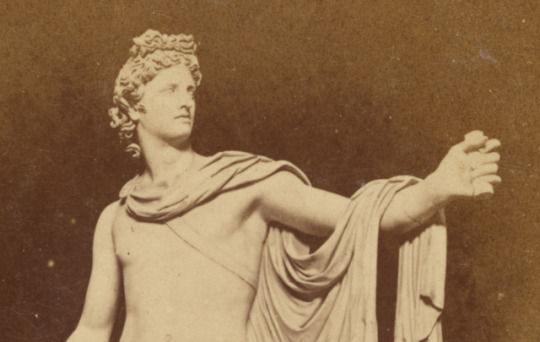
Detail of an antique photograph of the Apollo Belvedere, a 2nd century CE Roman marble copy of an original Greek bronze that would have dated to the 4th century BCE. The photograph was taken by Joseph Spithöver on March 8, 1867, according to a handwritten note on the back.
The Apollo Belvedere is currently located in the Vatican Museums, and this photograph is part of the collections of the J. Paul Getty Museum.
#apollo#Apollo Belvedere#Roman copy#marble#2nd century CE#gods#Greek Mythology#leochares#antique photographs
494 notes
·
View notes
Photo
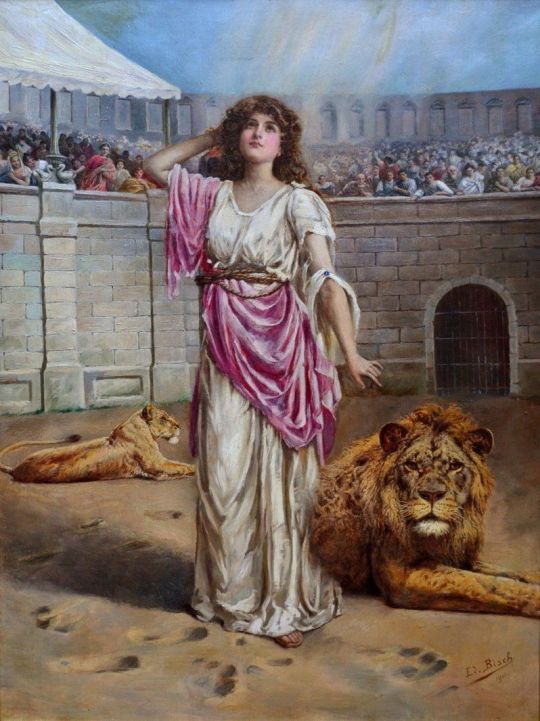
08 Works, Today, July 12th, is Saint Marciana of Toledo’s day, her story in art #193 Saint Marciana of Toledo (died c. 303) was born in Toledo, Spain to a family of nobility.
#Ancient#Art#Biography#Fine Art#footnotes#History#Jean-Léon Gérôme#Leochares#mythology#Paintings#religion#Religious Art#Saint Marciana of Toledo#Zaidan
0 notes